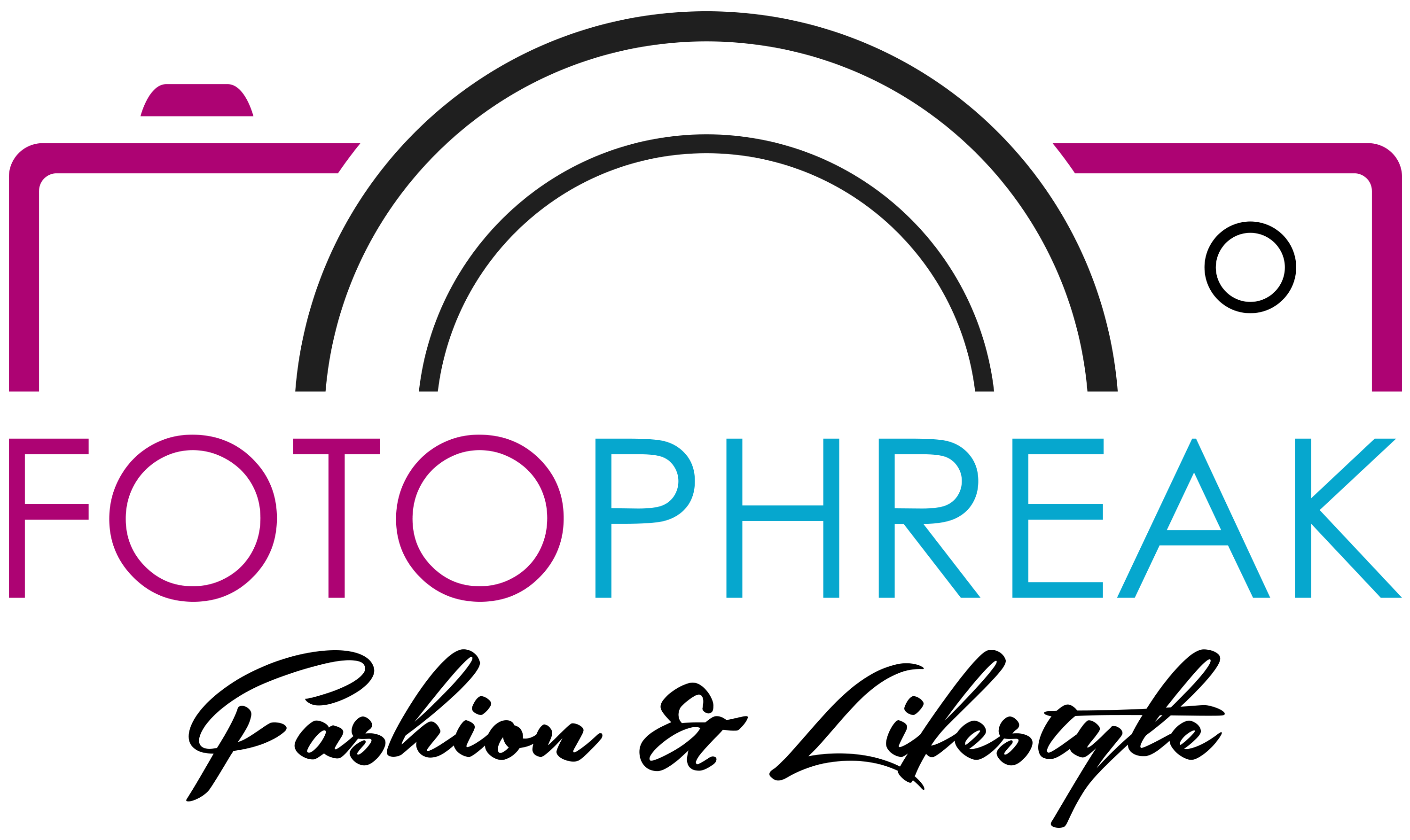Unlike financial accounting, which prepares reports for external stakeholders, cost accounting is used internally for decision-making, budgeting, and cost control. It helps businesses monitor their fixed costs, variable costs, and overhead costs, giving management a clear picture of where money is being spent and where expenses can be reduced. The concept of costing is not just about adding up all the expenses a company faces. It is about accurately allocating costs to the relevant products, departments, or projects, helping the management determine profitability and efficiency. This process involves identifying, measuring, and analyzing costs to make informed decisions regarding pricing, budgeting, and overall resource allocation. Accurate cost information is paramount for setting prices for goods or services.
Key cost elements in cost accounting
- Marginal costing is a technique that involves diving all costs into fixed and variable expenses.
- With BILL, you can control budgets and manage spend at scale with automation and real-time reporting.
- The term ‘costing’ originates from the verb ‘cost’, which traces back to the Old French ‘coster’ and the Latin ‘costare’, meaning ‘to stand at a cost’.
- Used mainly by internal teams, it helps businesses improve efficiency, control spending, and make smarter, data-driven decisions.
- For example, in garment making, cutting and sewing are two different operations.
- Variable costs are directly proportional to the level of production activity in the firm.
These may include reputation damage, brand value, intellectual property, or employee morale. Although intangible costs are harder to quantify, they can have a profound effect on a business’s long-term success. For instance, a damaged reputation might reduce customer loyalty, thereby affecting future sales.
- Service providers would similarly want to understand their cost of delivery for setting prices.
- Standard cost accounting compares projected costs to actual costs, helping businesses identify variances and adjust their spending.
- Understanding these fundamental concepts creates a solid foundation for your journey in cost accounting.
- This is the approximate cost of producing one unit or providing the service once.
- “Job order” costing is a basic costing procedure and this may be used in conjunction with costing systems.
Lean accounting is unique among cost accounting methods as it’s focused on value generation. It involves looking at both all financial costs and the cost of time and providing a measure of value for each. The method doesn’t include fixed costs as part of the production process (these costs are called “period costs”). As period costs, they must be covered by the contribution margin of the good or service. The activity-based costing method involves allocating costs based on the specific activities they pertain to. What is the meaning of cost, and how do we determine the cost of something?
Costing: Meaning, Aims and Methods Cost Accounting
These costs provide stability but can reduce flexibility in times of financial uncertainty. Furthermore, costing meaning sustainability concerns have added new dimensions to cost accounting. Companies now track environmental costs, social impact expenses, and sustainability investments as part of their comprehensive cost management approach.
Cost accounting: Definition, types and formulas
By breaking out production costs into individual steps, businesses can identify which parts of the process are most costly and in need of cost-cutting. Process costing is primarily used by manufacturers to determine the cost of each step in the production process, rather than each individual item. More specifically, it identifies what the cost of producing one additional unit of good or service is. How cost accounting looks in your business will depend on how your business is structured and operates.
Cost accounting methods and their impact
Cost accounting helps by providing data on ingredient costs, preparation time, equipment requirements, and potential profitability. Without this information, the decision would be based on guesswork rather than facts. By-products should be taken into account while calculating the cost of each process of manufacture in this method of costing. The various accounting frameworks require that costs be allocated to the inventory recorded in a company’s balance sheet at the end of a reporting period. This calls for the use of a cost allocation system, consistently applied. Management uses costing to learn about the cost of operations, so that it can work on refining operations to improve profitability.
What is Costing? A Guide to Costing in Financial Management
It’s like the difference between taking a photo and making a complete documentary. Cost accounting encompasses the entire process of recording all incomes and expenditures, preparing detailed statements, and creating reports that help management make informed decisions. Process costing tends to be an accounting method that tracks and accumulates explicit costs and direct-indirect expenses of a generation cycle. Costs are appointed to products, generally in a huge batch, which may include a full month’s production.
Cost Accounting
Understanding cost accounting is important for all businesses that are looking to manage their expenses, optimize their production, and improve their profitability. Businesses also follow GAAP (Generally Accepted Accounting Principles) when designing a cost accounting system to ensure compliance with reporting standards. Many companies implement lean accounting to eliminate inefficiencies, reduce waste, and improve cost tracking.
Total cost formula
It is performed to guarantee that the feasible course of activity can be ruled out. The tangible performance conforms to the budgeted or estimated accomplishment. Businesses take on the extra lift of cost accounting in order to generate value from these benefits. When you look at a profit and loss statement, you see a summation of revenues and expenses resulting in the net earnings for that accounting period.
The standard costing method is useful for businesses that have consistent, predictable costs that can be used as benchmarks, such as manufacturing businesses or service companies. The judgment of each product, process, and department possibility is the significant goal of costing. This involves a lot of specifications like budgeting, price determination, costs involved, overheads, liabilities and more. Standard accounting is a costing method where the firm determines costs by comparing the actual expenditures on a certain activity compared to the desired expenditure. Costing may involve only the assignment of variable costs, which are those costs that vary with some form of activity (such as sales or the number of employees).




















